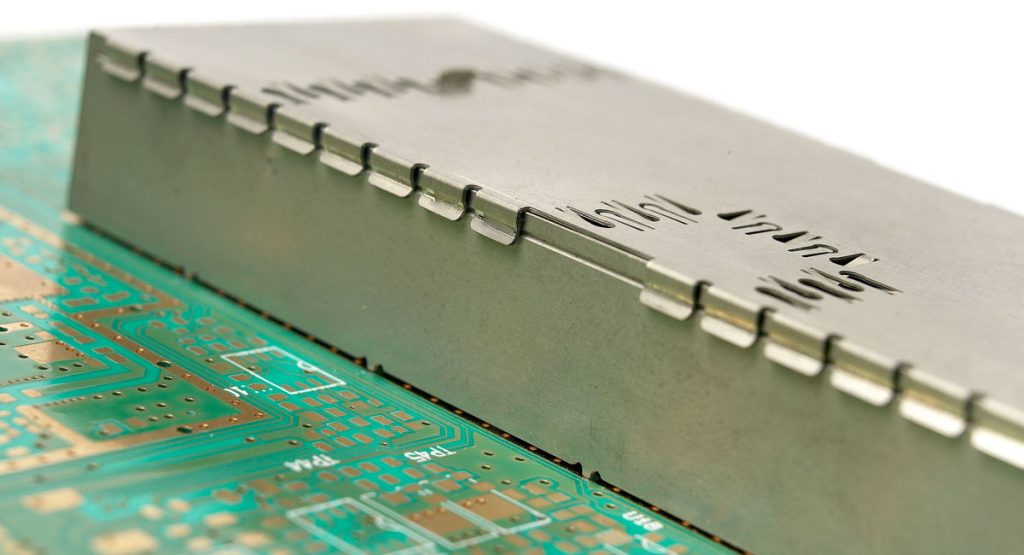Expert Fridge Repair Solutions for Efficient and Long-Lasting Appliance Performance
A well-functioning refrigerator is essential for every household and business. It ensures that food stays fresh, beverages are chilled, and your kitchen runs smoothly. However, like any appliance, refrigerators can experience issues over time. Engaging in expert fridge repair solutions guarantees optimal performance, energy efficiency, and long-term reliability.
Signs Your Fridge Needs Professional Attention
Knowing when to call a professional can save time, money, and prevent further damage. Some common signs include:
- Unusual noises such as buzzing, clicking, or rattling
- Inconsistent temperature or uneven cooling
- Excessive frost buildup in the freezer
- Water leakage or pooling inside or beneath the appliance
- Increased energy bills due to overworking
Addressing these early with expert repair ensures that your fridge operates at peak efficiency.
Benefits of Professional Fridge Repair
Professional same day fridge repair Edmonton offers numerous advantages beyond simply fixing a broken appliance:
- Extended Appliance Lifespan: Regular maintenance and timely repairs prevent small issues from escalating, ensuring your fridge lasts longer.
- Energy Efficiency: Expert repairs improve cooling efficiency, lowering electricity consumption and reducing utility costs.
- Enhanced Food Safety: A properly functioning fridge maintains optimal temperatures, keeping your food fresh and safe.
- Cost Savings: Investing in professional service is often more economical than replacing a fridge prematurely.
Key Expert Repair Solutions
Professional technicians provide comprehensive solutions tailored to the specific needs of your appliance. These include:
- Temperature Regulation Fixes: Ensuring consistent cooling by repairing or replacing faulty thermostats and sensors.
- Compressor and Motor Services: Maintaining the core components responsible for cooling efficiency and preventing major breakdowns.
- Seal and Gasket Repair: Replacing worn-out door seals to prevent cold air leakage and improve energy efficiency.
- Defrost System Maintenance: Fixing malfunctioning defrosts timers or heaters to prevent frost buildup and uneven cooling.
- Refrigerant Management: Detecting and refilling refrigerants safely to maintain optimal cooling performance.
Preventive Tips for Long-Lasting Performance
In addition to expert repairs, simple preventive measures can keep your fridge running efficiently for years:
- Clean condenser coils regularly to improve heat dissipation
- Avoid overloading the fridge, allowing proper air circulation
- Keep the door closed as much as possible to maintain temperature
- Schedule routine professional inspections for early issue detection
Choosing expert fridge repair solutions is a proactive step toward maintaining a reliable and efficient appliance. By addressing problems promptly and utilizing professional services, you not only ensure consistent cooling but also extend the lifespan of your refrigerator. With the right care, your appliance can deliver optimal performance, energy efficiency, and peace of mind for years to come.






